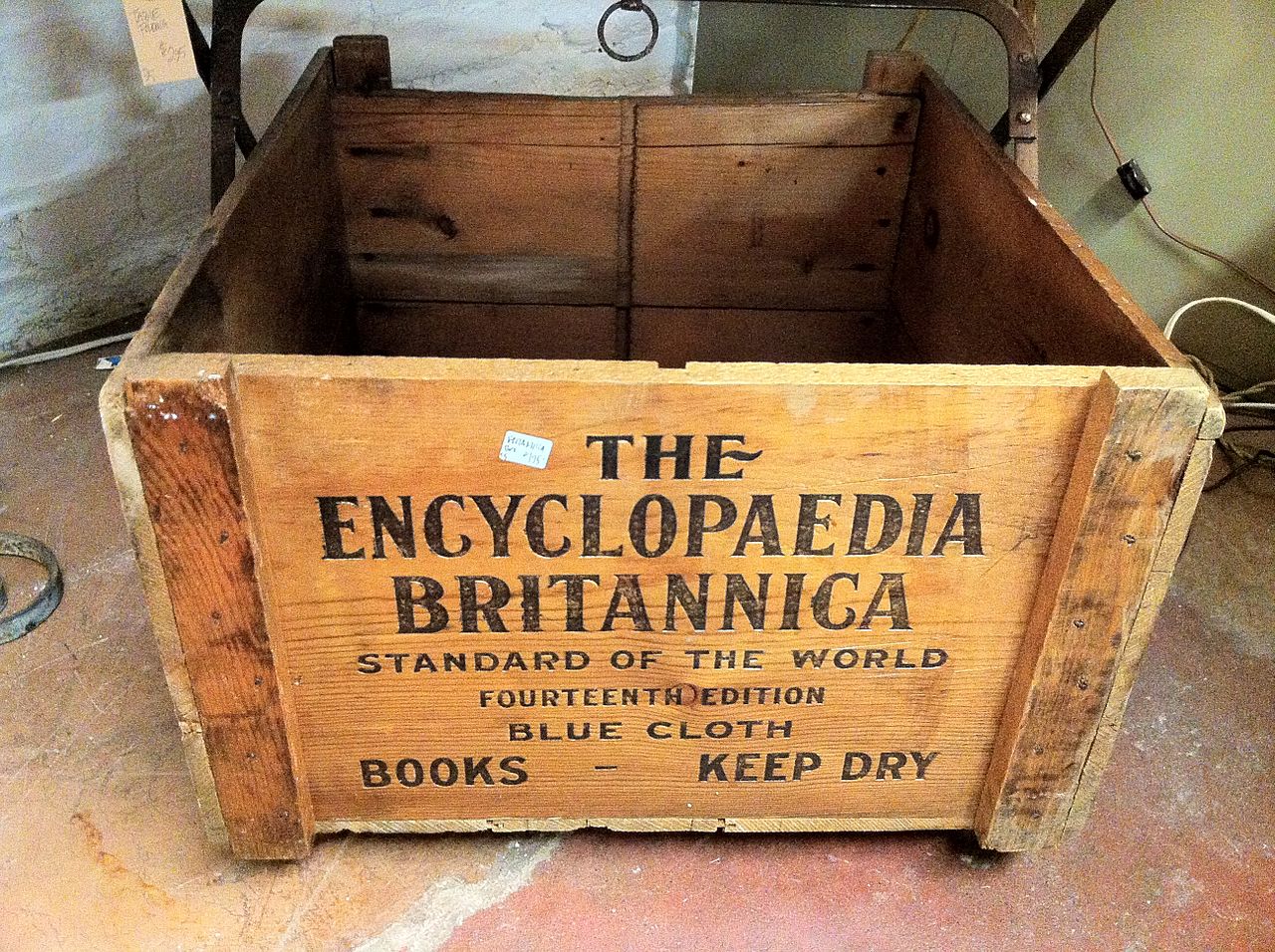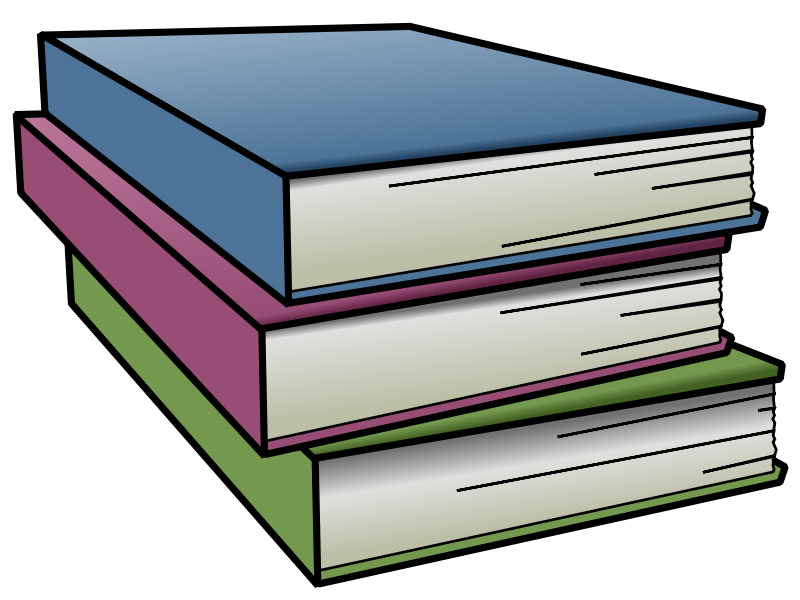Embryo genomic editing, the
scientific breakthrough that’s sweeping the scientific community, giving
ethicists something new to chew on, and confusing the heck out of the public.
On one side, it's a revolution to better the lives of society and save lives.
Or is it playing god and probably going to kill our precious gift from above?
It could even be a ploy to design our own children, no more issues with your
baby have the wrong eye color or hair texture.
In reality, it’s your
definition of life that helps you align your viewpoint. For example, if you
believe people were created a certain way for a certain reason, then genomic
editing would go against your beliefs. However, if you believe we have the
ability to cure all diseases with the help of science, this is a step forward
in your favor.
Regardless of your beliefs,
this controversy will be discussed a lot in the future. The future of humanity
rests in the decisions made by all sides of this controversy. We will always
search for a cure for a disease, regardless of what the public or ethics
reaction will be.
Development of
CRISPR/CAS9
If you are a nerd like me,
and love watching science videos, this video has all the background to the development of the CRISPR/CAS9 system.
However, if you find these videos mundane, here is a simple background on this
system.
The year was 2013, and
Berkley scientists were investigating a new hypothesis, bacteria have created
an acquired immune system for themselves. The researchers were correct, they
had found a new type of immune system, they dubbed as a “ region of DNA with
old virus DNA inserted in between immune regions, known as CRISPR, or Clustered
Regulatory Interspaced Short Palindromic Repeats...” (Doudna 2013). In this
region, the bacteria could steal and use
the viral DNA to protect themselves from infection.
Further downstream, these
scientists found another region of DNA, called CAS9. CAS9 codes for a protein
complex that “can detect a region of double-stranded DNA in order to protect
the bacteria from a particular virus. It can edit its own DNA to acquire
immunity from phages” (Doudna, 2013).
Basically, it works like this:
What does this have to do with embryos?
When I first started
researching CRISPR/CAS9, I thought I had the wrong information. Bacterial
immune systems do not seem like the place for public controversy. See the image
below for how it actually works in animals, including humans. However, it's the
fact that scientists have manipulated this complex to recognize genes in the
human body for manipulation that has ethicists riled up.
This technique requires the
manipulation and editing of bacterial genomes in order to help a child who
would suffer from a genetic disease. This has caused widespread fear throughout
the public. For one, we don’t have any research on long term effects. Simply,
we have never put this technique to use, it only looks good in theory. Most of
the reason this has not been implicated was, people fear the damage a random
bacteria’s DNA could do to our own DNA. Embryo’s developing in the womb are
sacred and anything that might harm their development will be shut down by the
public.
Another fear is that we are
playing god, and will be punished for it. Right now, you may have cut out the
gene for Cri-du-chat, allowing for your child to grow up. However, you were
playing with something nobody knows about, and therefore anything that happens
to that child that negatively impacts their health, parents and ethicists will
blame the CRISPR editing that scientists tricked them into doing to their
child.
The Fallout from CRISPR/CAS9
On one side of this debate,
we have scientists who want to innovate and provide the healthiest life for
everyone living on earth. However, they are not communicating with the public,
so disconnect exists. On the other side, ethicists will always be interpreting
what scientists are putting out there. These interpretations are normally jaded
to the beliefs and outlook that person has on life. Now, the public is left to
piece together the puzzle, is genetic modification a viable solution, or is it
immoral and dangerous?
On top of that, scientists
will ignore the public’s opinion, and even other scientists, regardless of the
consequences. One prime example is the genetic modification of embryos by a
group of Chinese researchers earlier this year. These researchers
from Sun Yat-sen University in Guangzhou, China decided they were going to test
the CRISPR system on “86 human embryos to see if they could make changes in a
gene known as HBB, which causes the sometimes fatal blood disorder beta-thalassemia” (Stein 2015). This work was supposed to be the first successful
application of CRISPR/CAS9 into embryos, instead it sparked one of many
bioethical debates.
Ethicists everywhere were
up in arms. The results were immediately removed from Protein and Cell, because other scientists and watchdog groups
believed this research was unsafe and unethical. Marcy Darnovsky, an ethicist
from the Center for Genetics and Society wrote, "This paper demonstrates
the enormous safety risks that any such attempt would entail, and underlines
the urgency of working to forestall other such efforts. The social dangers of
creating genetically modified human beings cannot be overstated " (Stein
2015). The ethical concerns do not stop there.
George Daly, a researcher at
Harvard for Stem Cell biology agreed with Ms Darnovsky. On the topic of this
controversy, Daly writes "Their data reinforces the wisdom of the calls
for a moratorium on any clinical practice of embryo gene editing, because
current methods are too inefficient and unsafe… there needs to be careful
consideration not only of the safety but also of the social and ethical
implications of applying this technology to alter our germ lines." Daly
and Darnovsky hit the nail right on the head, the major issue here is how do we
safely regulate these practices, and advance science? Also, what could happen
if we do alter our germ line and what would be the consequences?
The Designer Baby Controversy
Designer babies are the
answer to this question. The science community, the public and ethicists all
agree that if genomic embryo modifications are left unregulated, we will be
living in a society where we can manipulate all everything about our offspring
We might start by replacing
genes for genetic diseases, but the fear is we won’t stop there. The public
fears we might live in a world where you can choose the parts of your baby,
essentially a ‘Build-A-Bear’ for your offspring. You would go from preventing
your child from developing a disease like Fragile X syndrome, to deciding the
eye color, sex, and anything else you wanted.
Another fear that the public
has, is parents will ‘design’ their children to be something they wanted to be,
or something they wanted to succeed in. John Robertson, a bioethicist from the
University of Texas, Austin highlights this when talking about musicality. He
believes on one hand "if [a family] has four embryos and one has the
perfect pitch trait, then why should they not be able to choose that embryo?”
(Ghose 2014). On the other hand, there is some harm “such as parents forcing a
child to study trombone when the kid would rather play soccer, don't seem big
enough to interfere with parental choice” (Ghose 2014). This is a major fear
across the ethics community, as we know children are not their parents.
Sometimes, they grow up and want to live different lives than their parents.
However, the children that are designed to be musicians or be athletes will not
know the other sides of life, the balance that many children with many
interests get to experience everyday.
The Three-Parent System
If cutting and pasting
genes in a child sounds too crazy, there is another controversy sweeping the
globe, the child with three parents. Yes, you read that right. To fully
understand this controversy, I will have to give another biology lesson.
When anyone develops, they
receive half their genes from their mother, and half from their father.
However, all the little organelles in your cells come from one parent, your
mother. Mitochondria, the organelle responsible for creating energy to power
your body, also contains its own DNA. In this DNA, there can be some mutations,
which result in diseases like Leigh Syndrome or Leber’s hereditary optic
neuropathy. These diseases
result in fatality nearly one hundred percent of the time.
The only way to truly ‘fix’
this, is to take a fertilized egg, remove the diseased mitochondria, and insert
a healthy mitochondria from another mother. This sounds simple, right? Another
victory for science, or is it?
https://heiscomingblog.wordpress.com/2015/01/31/geneticists-have-created-babies-with-dna-from-two-eggs-and-one-sperm-the-three-parent-law-is-pending/
Complications Caused by Three-Parents
The first question everyone
would ask is, who’s the real mother? Is it the women whose DNA paired with the
male's DNA and is carrying the egg, or is it the egg donor's child? Or is the
mother the women who donated her egg to house the parents genes and pass on the
mitochondrial DNA? This all depends on who you are asking.
If you were to ask a
scientist, they would tell you, “ ...the child would inherit the characteristics
of the parent, other than the mitochondrial defect, rather than those of the
donor” (Castle 2015). In practice, this has yet to be accomplished. However,
early this year Europe made a movement towards accepting the practice of
mitochondrial DNA transfer, making it the first country in the world to accept
this practice. Ethicists and public figures still see it as a risk, as they
have no connection to proof or scientific evidence saying this will be
successful.
What We Can Learn From These Controversies
Controversies
like CRISPR editing and mitochondrial DNA editing are a great way to examine
the disconnect between the scientific community and the public eye. Science
will always be looking for answers, but will not be able to explain everything
to the common person. This struggle leads to much of the disconnect we see as
controversial topics in science. Even scientists within the same discipline
have issues communicating. One group of scientists may view something like
CRISPR as a ‘market ready’ approach to the success of humanity. Other
scientists may see it as a step in the right direction, but not as a surefire
way to be successful.
Ethicists, especially those
specializing in bioethics, have their own interpretation of these controversies.
For example, when it comes to mitochondrial DNA, the children born will be
ninety percent their mother and father, but still ten percent their donor. They
may interpret these facts as a guaranteed way to eliminate some awful disease,
or as a way to ruin a child’s view of the world, by giving them someone else’s
DNA. When it comes to CRISPR, most ethicists who have no background in biology,
jump to the fire and brimstone interpretation, in which scientists making the
choice to experiment will regret it.
All this disconnect leaves
us, the public, to interpret what scientists and ethicists are saying. Many
people find it easier to agree with just one side, either the scientists are
always right and we should listen to them, or the ethicists are always right
and therefore we should heed their warnings.
I personally believe
science is trying to make the world a better place, and we should let them
experiment, regardless of the ethics. Many times, they are trying to make the
world a safer and healthier place, but have no way to communicate that to the
other people. If we could find a way to improve science, and improve the
connection between science and the public, these controversies would not get
out of hand. Until then, we are left to interpret CRISPR/CAS9 and mitochondrial
DNA replication for ourselves, as a potential future for medicine, or a
divergence of society towards designer babies.




















